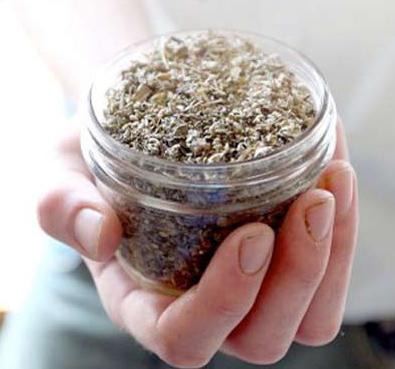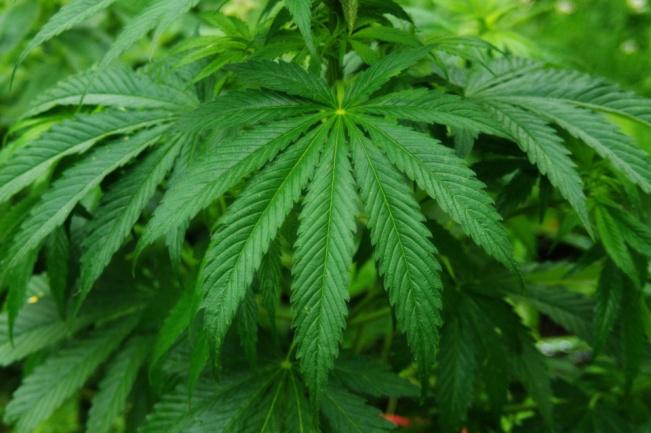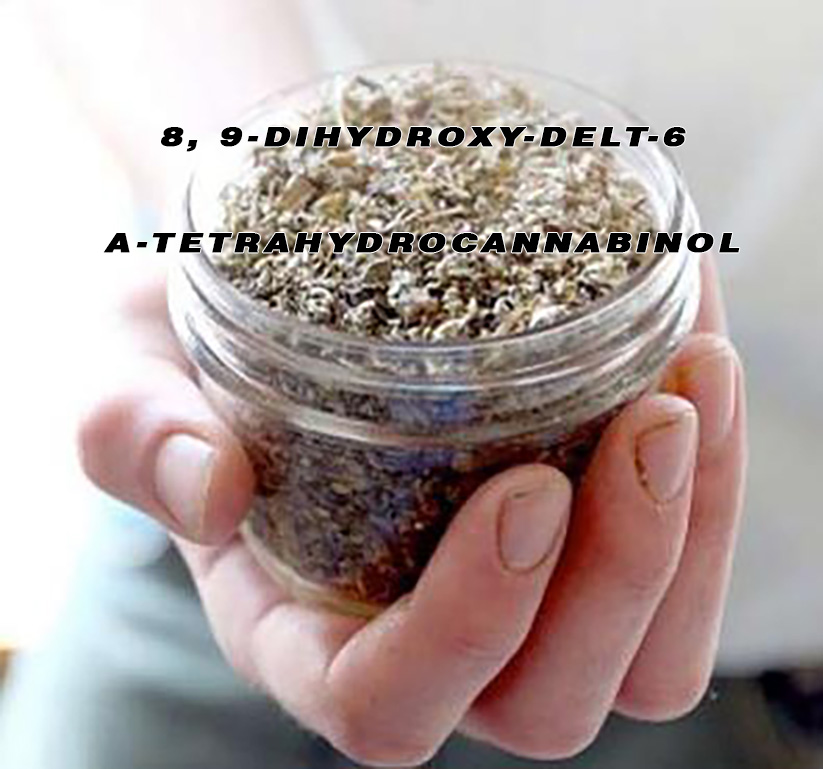8, 9-Dihydroxy-delta-6a-tetrahydrocannabinol – A Constituent of THC

The cannabis plant is full of compounds. Each of these compounds has its own unique chemical properties and effects on the human body. One of the compounds of the cannabis sativa is THC – tetrahydrocannabinol.
Tetrahydrocannabinol is chemically responsible for many psychological effects of the marijuana. THC acts more like the cannabinoid chemicals that are naturally produced by the human body as per Natural Institute on Drug Abuse – NIDA.
THC is the primary psychoactive component of cannabis. Anyone who is even slightly familiar with the cannabis would know about THC. It is synonymous with cannabis for as long as we have known about this unique plant.
How does THC affect different areas of the body?
Well, the cannabinoid receptors are present in various segments of the brain that are associated with memory, thinking, coordination, pleasure and time perception. Tetrahydrocannabinol attaches to such receptors and easily activates them while affecting the pleasure, memory, movements, concentrations, thinking, coordination, concentration, time and sensory perception of the body.
THC is among many compounds that are present in the resin which is secreted by the marijuana plant’s glands. These glands are majorly found closed the reproductive organs of this plant than some other area. In this resin, there is also some other compounds present which is unique to marijuana and is known as cannabinoids. Cannabinoids are non-psychoactive as per the National Center for Biotechnology Information and block the high linked with THC.
If you have been associated with the studies on cannabis or THC, you would know that there are some compounds that are not solely based on THC but contain it. One of these elements is the 8, 9-Dihydroxy-delta-6a-tetrahydrocannabinol.
Understanding 8, 9-Dihydroxy-delta-6a-tetrahydrocannabinol
8, 9-Dihydroxy-delta-6a-tetrahydrocannabinol belongs to the category of cannabitriols. Until now, there has been no specific research work to understand this compound. Just like other compounds of the cannabis plant, 8, 9-Dihydroxy-delta-6a-tetrahydrocannabinol must also possess some unique chemical properties which are yet to be discovered.
Since it contains tetrahydrocannabinol, we can assume that the compound might contain some properties or effects similar to THC. Also, the compound belongs to cannabitriols so maybe it might show some promising effects similar to cannabitriols.
As per the conducted studies and research work, there are many compounds in the cannabis plant that show proven effects on the human body. Cannabis is legalized in some areas of the world considering its therapeutic benefits. It is also being used in manufacturing various products. However, the legalization of marijuana is still a burning question and this is exactly why there is limited research work on cannabis sativa.
8, 9-Dihydroxy-delta-6a-tetrahydrocannabinol is another compound present in the cannabis plant that might be used to produce different treatments such as skin treatment. But there is still a need for thorough research work to fully understand and reveal the nature and effects of this compound on the human body.
What makes marijuana one of the most popular drug is its promising and instant effects. That is exactly what makes it one of the most frequently used illicit drugs in the entire world.








